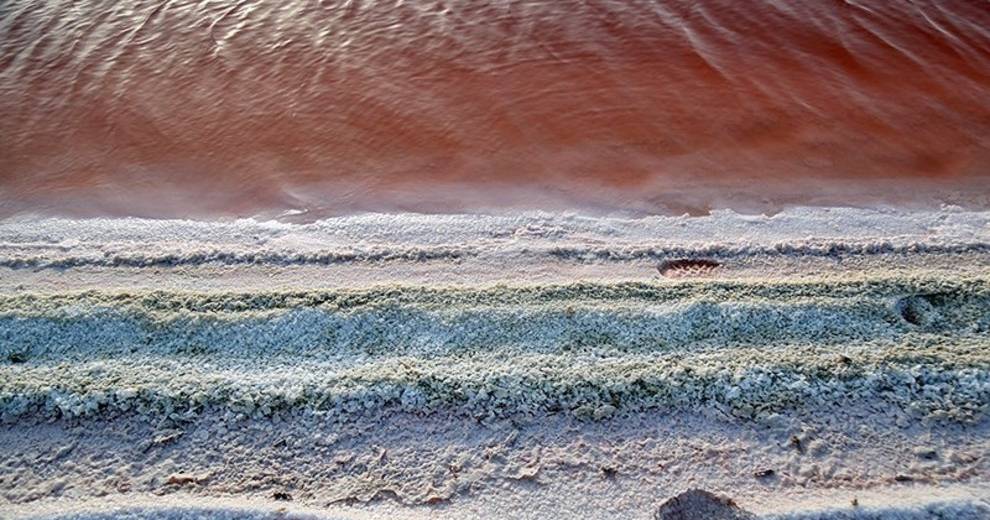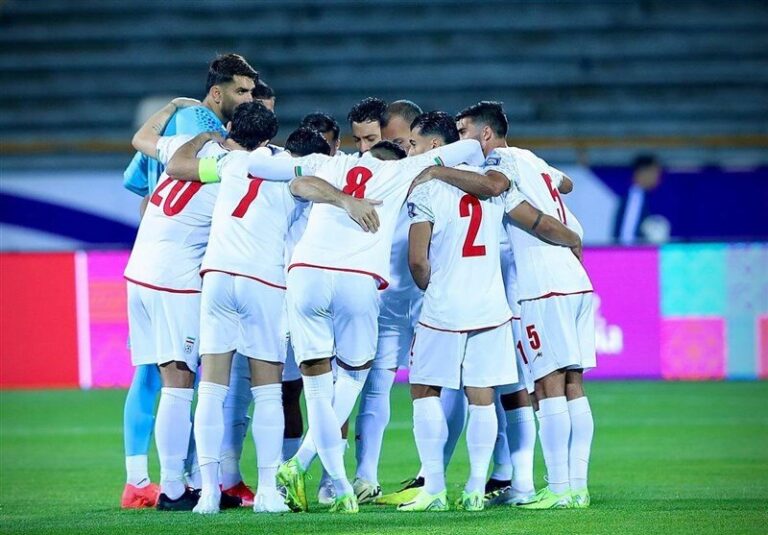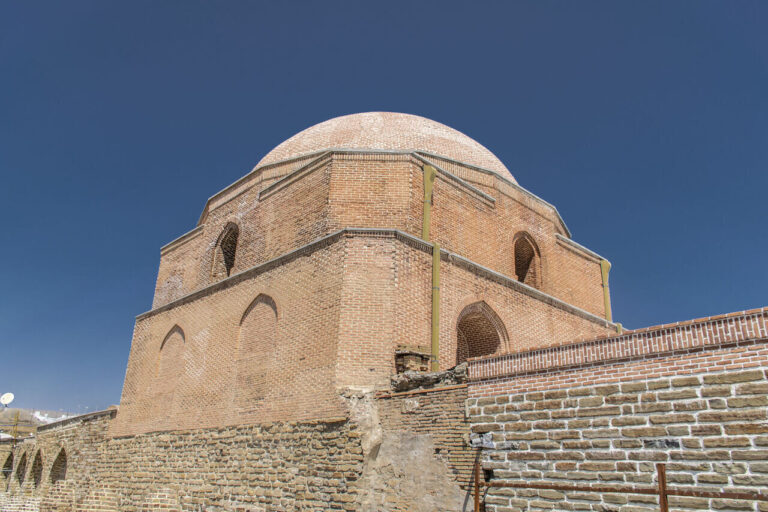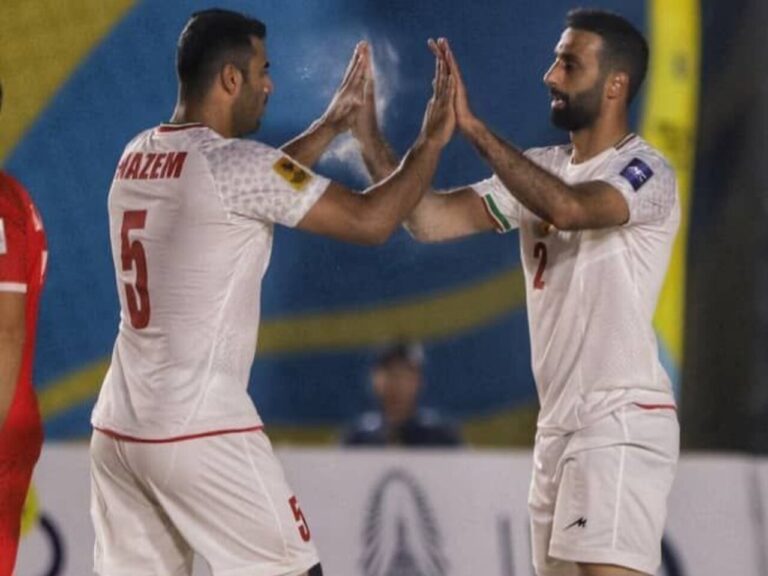Unveiling Iran’s Lithium Reserves: The Truth Behind the Myths
Recent news from Iran’s Ministry of Industries, Mines, and Commerce has sparked renewed discussions surrounding the country’s lithium resources. This report has led to misleading claims circulating on social media, suggesting that Iran ranks among the top nations in lithium reserves. Understanding the true landscape of lithium mining in Iran is essential, especially as the global demand for lithium continues to rise.
According to the Revolutionary Guards (IRGC)-linked Fars News Agency, the Iranian ministry reported significant lithium concentrations in brine from locations such as Qom Salt Lake, Khor in Iran’s Central Desert, and Tarud in Semnan Province. Despite these reports, it is important to note that the scale of these deposits is considerably smaller compared to the vast reserves held by the world’s top ten lithium producers.
An official from the Presidential Office’s Mines Working Group stated that the lithium concentration in these deposits is around 60–70 ppm, which translates to an estimated yield of only 500–600 tons of lithium. This is a stark contrast to the previous claims suggesting that Iran had discovered 20% of the world’s lithium.
- The major lithium reserves globally are found in the “Lithium Triangle,” which includes Argentina, Bolivia, and Chile.
- Australia is the leading country in hard-rock lithium mining.
- As per the latest statistics, Bolivia holds the top position with approximately 23 million tons of lithium reserves.
- The United States ranks third, with usable reserves nearing 14 million tons.
Due to stringent security restrictions, Iranian government websites remain inaccessible from outside the country. Nevertheless, Fars News Agency reported that the lithium findings resulted from a year-long study conducted in partnership with Russian experts, utilizing advanced technologies such as ICP-OES (Inductively Coupled Plasma Optical Emission Spectroscopy). This study purportedly confirms the presence of lithium reserves with concentrations that are competitive on a global scale.
The report published by Fars on March 12 has been extensively shared across Iranian media platforms and amplified on social media, particularly by accounts associated with hardline factions. These groups have claimed that Iran is on the verge of a “Green Lithium Revolution.” Such assertions are often used to foster a sense of optimism among the public, especially in light of the ongoing economic challenges facing the country.
This is not the first instance of inflated claims regarding Iran’s lithium resources. Back in November 2024, a prominent ultra-hardliner and vigilante, Hossein Allahkaram, stated during an online discussion that Iran possessed the fourth-largest lithium reserves in the world. He even suggested that Elon Musk had sought negotiations with Iran concerning lithium. Similar misinformation emerged in February 2023 when Iran’s official news agency, IRNA, quoted a ministry official, Ebrahim-Ali Molabeigi, claiming the discovery of 8.5 million tons of lithium in Hamedan Province.
However, global enthusiasm regarding the report diminished significantly once it was clarified that the 8.5 million tons referenced was related to hectorite clay containing lithium, rather than pure lithium reserves. This misunderstanding highlights the need for clarity in reporting and the importance of distinguishing between different forms of lithium sources.
The role of lithium in technology cannot be overstated; it is a vital component for rechargeable batteries used in electric vehicles, smartphones, laptops, and various energy storage systems. Traditionally, lithium has been extracted from salt lake brines and hard rock deposits. However, alternative sources such as clay deposits and geothermal brines are still in the early stages of exploration and are not yet widely utilized for commercial production.
In conclusion, while Iran’s recent claims about lithium resources have generated excitement and speculation, it is crucial to approach these reports with a critical mindset. The reality of the situation reveals that Iran’s lithium reserves, while present, are far from the substantial quantities needed to position the country as a leader in the global lithium market. As the demand for lithium continues to grow, accurate information will be essential for both investors and policymakers navigating the future of the lithium industry.






